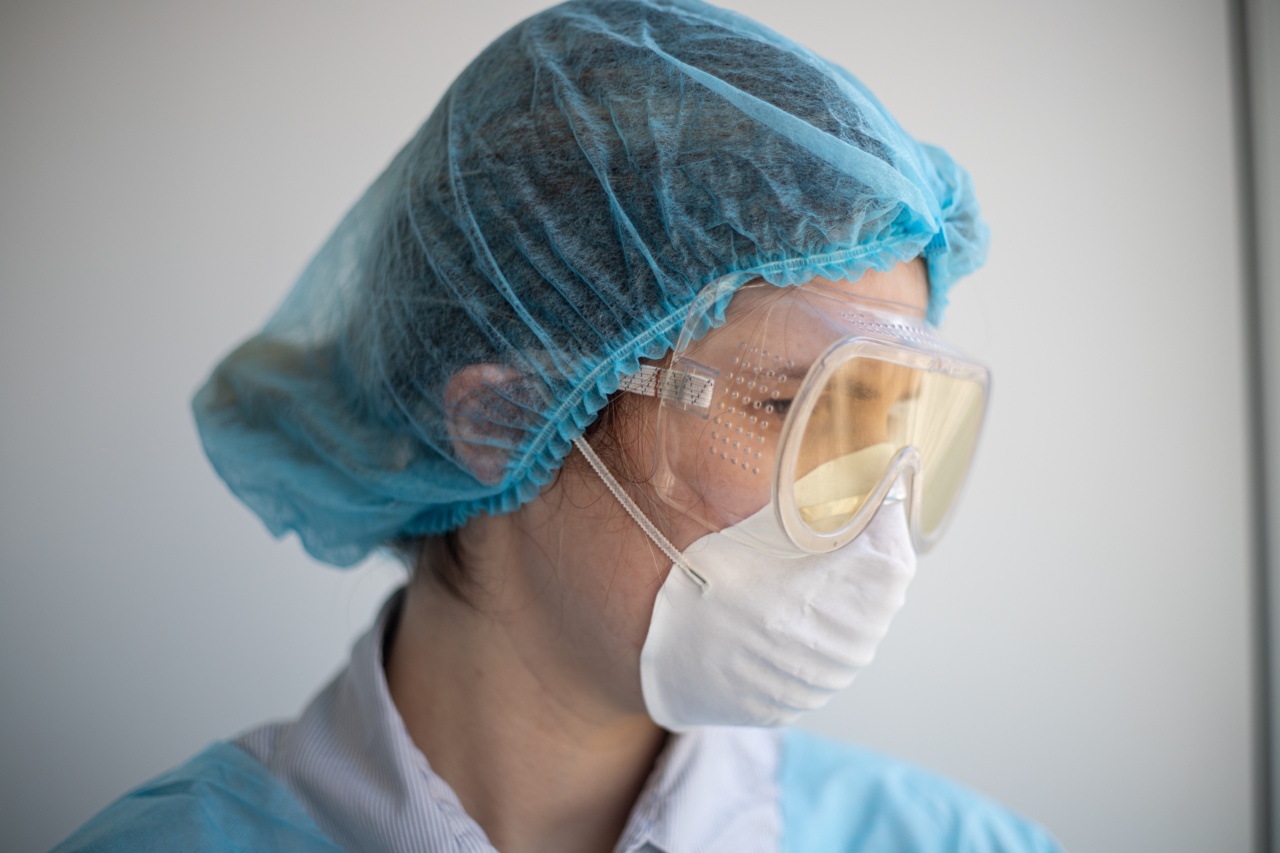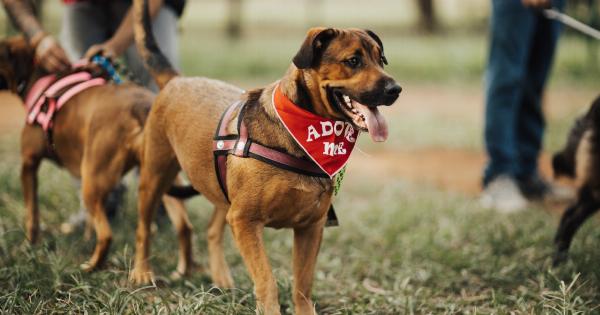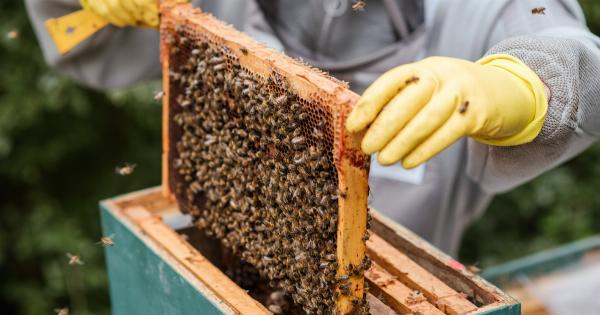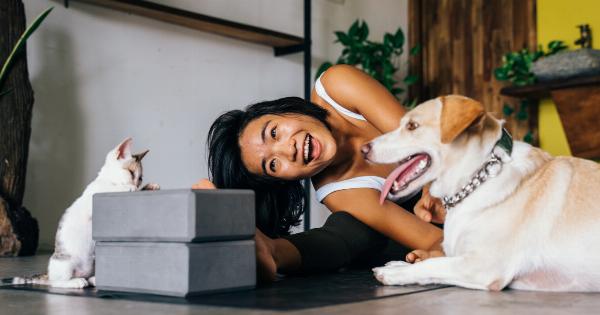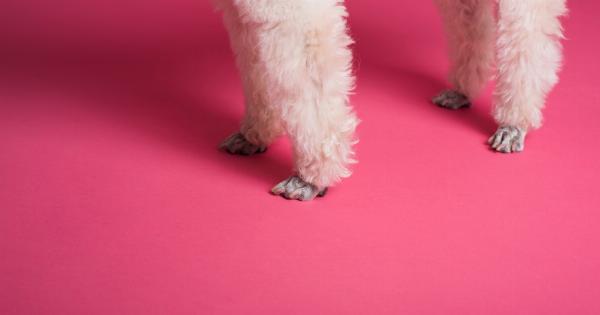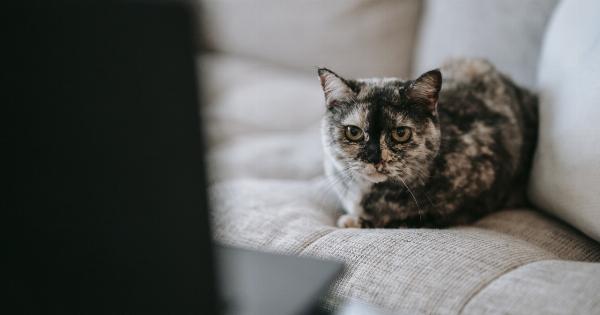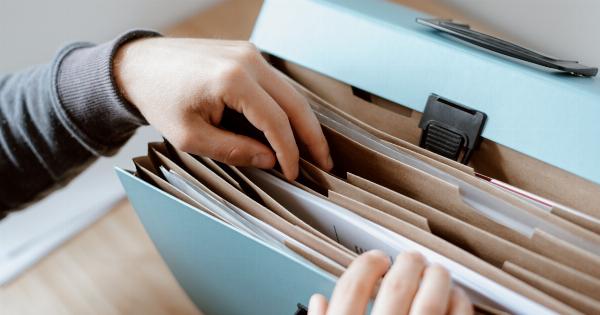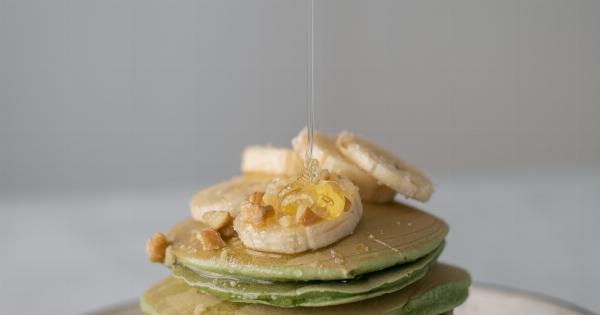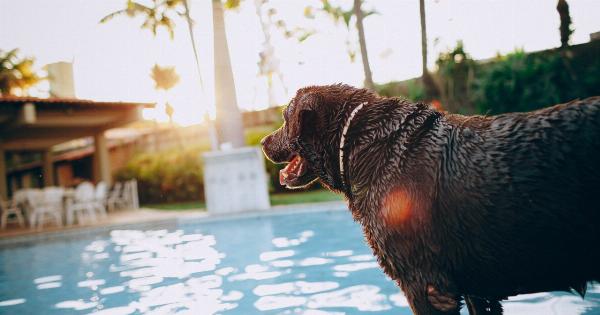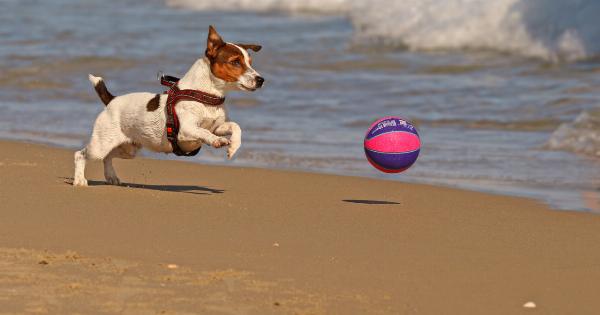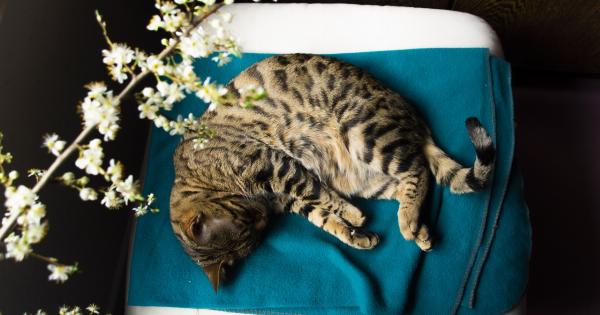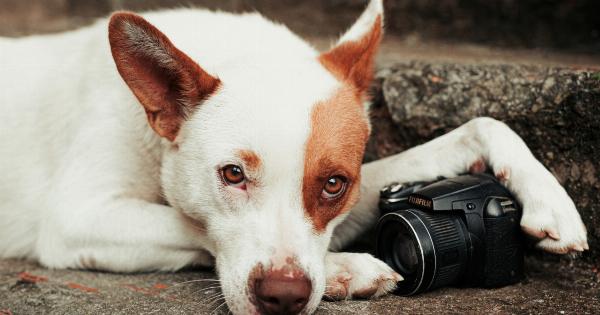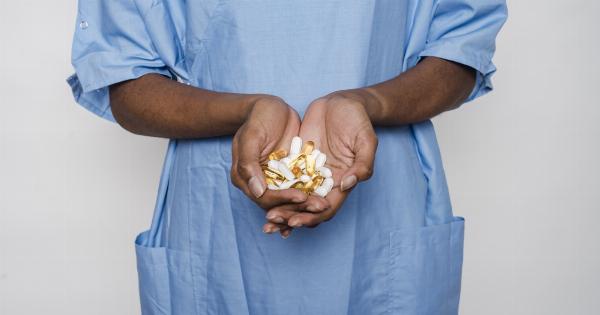Your furry friend is a source of love and comfort, but like humans, dogs also face physical and emotional health issues that can leave them feeling down and negatively affect their quality of life.
Tui-Na, a form of Traditional Chinese Medicine, is an excellent therapeutic option to help your furry friend navigate through the pain they may be experiencing.
This massage technique can help your hound’s body to align itself and promote overall wellness. There are six Tui-Na techniques that you can try at home to help heal and soothe your pet.
1. Palm Pressing Technique
The Palm Pressing technique is the ideal starting point to prepare your hound for more advanced Tui-Na techniques. Start by placing your palm flat on your hound’s spine and use firm pressure to push the skin toward the sides of the body.
Do this twice but avoid going over the same spot twice, as this can cause discomfort and hurt your pet. This technique Is excellent for reducing tension, improving circulation, and relaxing the muscles.
2. Finger Press Technique
The Finger Press Technique is best saved for specific sore spots. Use your thumb and index finger to press firmly, but gently, on any tense areas your pet may have. This technique is very beneficial for any hound suffering from arthritis or joint pain.
3. Squeezing Technique
If your hound has muscle spasms or tight muscle knots, the Squeezing Technique is an ideal solution. The technique involves applying compression pressure to affected muscles gently and then releasing it.
Repeat this twice to three times, and your hound’s muscle spasm will loosen. Repeat once a day, and you will see improvements.
4. Kneading Technique
A twist on the human massage technique, the Kneading Technique, is perfect for loosening knots in your hound’s muscles. Put your hand at the base of your pet’s neck and apply slow but steady pressure in a circular motion.
You can then move down the spine, repeating the circular motion until you get to the tail. This technique is great for multiple layers of muscles and improves circulation.
5. Acupressure Technique
The Acupressure Technique is an effective method of relaxation and pain relief. You will need to identify the acupressure points along your hound’s spine, which will vary depending on your pet’s ailment.
Once you have located the pressure point, use your fingers to hold the spot for at least three seconds. Repeat the process with the other acupressure points, and you will start to see a wonderful improvement in your furry friend’s overall health and mood.
6. Rocking Technique
The final Tui-Na technique is the Rocking Technique. This technique helps to promote relaxation and reduce stress. It is particularly useful for hounds who are anxious or stressed.
Position yourself with your hound’s head in your lap, and cradle their entire body with your arms. Use a rocking motion, holding your pets body securely and allow them to relax and sink into your arms.
Conclusion
Tui-Na is an excellent and gentle way to help heal your furry loved one. By utilizing these six techniques, you’ll be able to help relieve your hound’s pain, anxiety, and discomfort and promote overall wellness.
Be sure to speak with a veterinarian before trying any of these techniques, and never use excessive force or pressure on your pet. Always read up on the Tui-Na techniques and ensure that you know what you are doing before trying them.
It’s also important to take into account your pet’s individual needs and background to ensure that the techniques are the right ones for them.
Remember, your furry friend deserves love, comfort, and care just like humans. Give them the best care with Tui Na techniques today.
